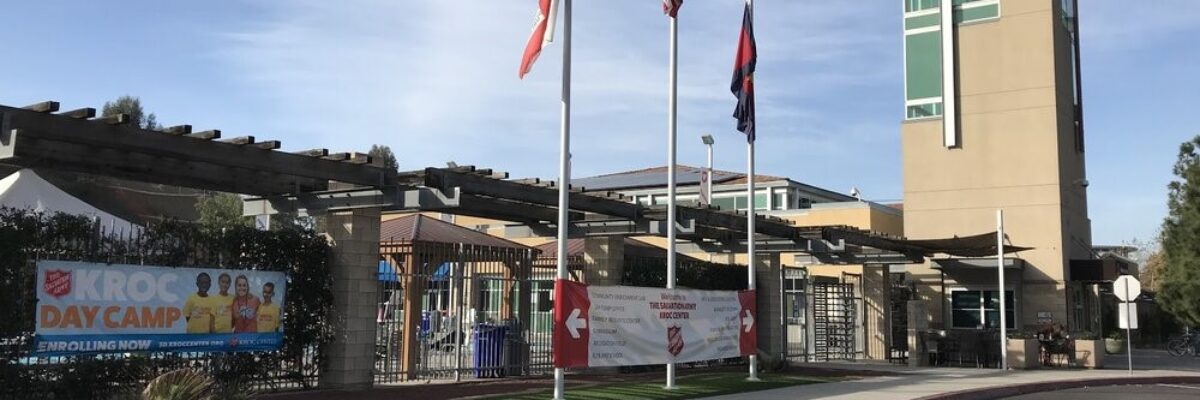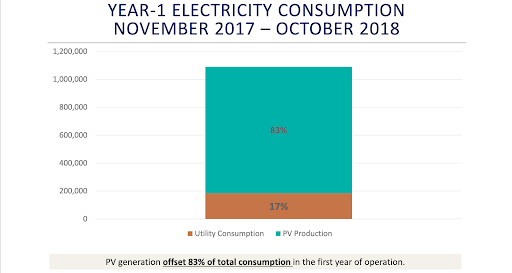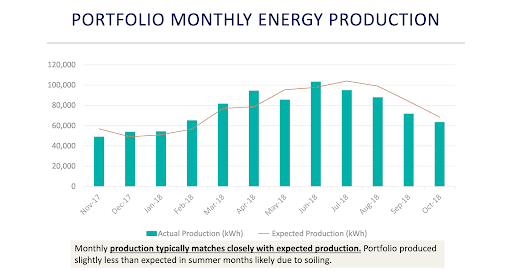With facilities through the Western Territories, the iconic non-profit combined careful planning with big picture strategies to successfully lower energy costs.
The Salvation Army, one of the country’s largest and most beloved charities, has redoubled its commitment to sustainability with a significant planned expansion of solar and energy savings efforts. With the expertise of NV5, a leading energy consulting firm, the charity plans for multiple facilities across the Western Territories to save money and reduce emissions with solar PV. The move comes after the successful completion of two solar PV Power Purchase Agreement (PPA) pilot projects in California and Hawaii.
The forward-thinking program began in 2015, when the Salvation Army decided to launch a pilot initiative to reduce energy costs at their western U.S facilities and community centers. But where to start? The charity settled on four potential pilot sites in Arizona, California and Hawaii to explore the possibilities of energy efficiency measures paired with solar PV.
New to this type of project and determined to get it right the first time, the Salvation Army sought help from NV5, to better understand what solutions made sense financially and logistically. Oakland-based kW Engineering partnered with NV5 to provide energy benchmarking and efficiency planning, while NV5 visited the sites and conducted a detailed feasibility analysis for solar PV.
NV5 found there was indeed room for solar PV at all four sites. The team then performed a detailed financial analysis with historic billing data, realistic assumptions about future consumption and the future cost of energy. NV5 incorporated energy efficiency recommendations from kW Engineering, which could reduce solar PV size and achieve energy use reductions at a lower cost to the Salvation Army. After the extensive analysis, NV5 determined that pilot solar PV projects would only be financially viable at two Kroc Centers in San Diego and Hawaii. The Kroc Centers provide essential services, instruction and mentorship for socially disadvantaged children and teens, and have energy-intensive facilities like pools and gyms.
The NV5 team also suggested big picture strategies that the Salvation Army organization as a whole could adopt to reduce energy costs, such as portfolio-wide lighting retrofits, a plan for ongoing energy management, and incentives to reduce energy consumption throughout the organization.
The Salvation Army retained NV5 to plan, manage and oversee the construction of a 585 kWp solar PV Power Purchase Agreement, built, owned and operated by Tesla, at the San Diego Kroc Center. A roof-mounted system was connected to one meter and a carport canopy system connected to a second meter. Both systems were successfully installed just prior to a critical June 30, 2017 San Diego Gas & Electric Time-of-Use Grandfathering deadline. This achievement preserved significant savings for the lifetime of the project that would have been lost due to changing utility tariffs. A similar solar PV PPA project was planned and built at a Kroc Center in Hawaii.
With systems fully operational, the San Diego Kroc Center wanted to verify that the PPA was performing as planned—and actually saving money. To that end, NV5 conducted a complete review of the system’s first year performance. NV5 uncovered that the PV system connected to the west meter at the site was not receiving credits for exported energy under its Net Energy Metering (NEM) agreement, due to a previous existing interconnection agreement for an internal combustion engine. The Salvation Army cancelled the initial interconnection agreement for the system and received a billing credit of $137,000 from SDG&E based on the re-billing under NEM.
Close analysis also found that the system performed slightly less than expected during the summer due to soiling, and NV5 recommended the Center request a more regular washing schedule. Despite the summer soiling, the San Diego Kroc Center’s PPA offset 83% of electricity consumption with PV production, resulting in a net savings of $121,000 in utility costs over the course of a year. The emissions savings were the equivalent of taking 47 passenger vehicles off the road for a year, or offsetting emissions from electricity consumed by 38 homes for one year.
In light of these successes, the Salvation Army has requested that NV5 conduct further reviews of multiple sites in Arizona and Nevada to expand their solar PV and energy savings initiatives. NV5 will conduct an investment grade feasibility study of the sites, with initial findings due this spring.



